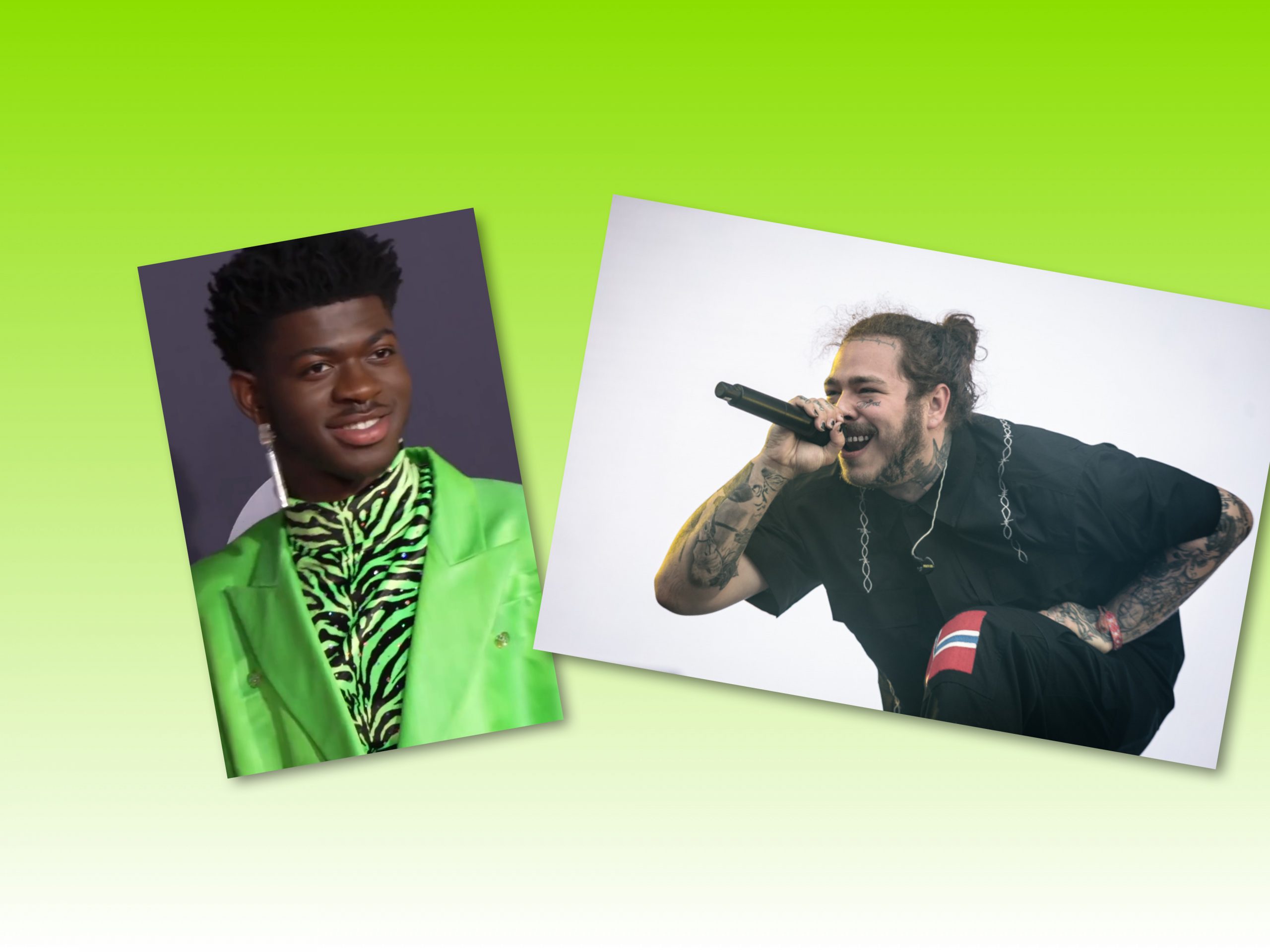(May 2, 2020). Whether we like it or not, TikTok has had a massive and indelible impact on how we produce and consume music.
For the uninitiated, TikTok is that DIY social app where you can film up to 15 seconds of yourself lip-syncing, dancing, or acting out sketches to any of the songs and sound bites from the app’s wide database. It comes with many editing tools, from basic effects like slow motion and fast forward to internal filters that can be used to personalize videos in near-limitless ways.
In other words, it allows you and your friends to have your 15 seconds of fame with the click of a button and the help of your favorite tunes made by real artists.
The result is a thriving digital media sharing ecosystem that’s rivaling the likes of Twitter, Snapchat, and Facebook in terms of worldwide popularity. Not surprisingly, this ecosystem has become a new way for songs to go viral.
Before the controversial Grammy award-winning “country trap” song “Old Town Road” by rapper Lil Nas X dominated the Billboard Hot 100 charts in 2019, it was a viral meme on TikTok. The rapper himself credits much of the song’s success (and its controversial genre placement – was it country or not?) to its rapid spread on the platform. Just hours after releasing the song on the app it spread like wildfire. At the peak of the song’s popularity, TikTok videos that used “Old Town Road” with the hashtag #yeehaw collectively garnered more than 67 million views.

When asked whether TikTok should pay him for using his Grammy award-winning hit song, Lil Nas X said, “I should maybe be paying TikTok. They really boosted the song. It was getting to the point that it was almost stagnant. When TikTok hit it, almost every day since that, the streams have been up. I credit them a lot.” This underscores TikTok’s evolving role in modern media: as a tool for people to share what matters to them at the moment.
A lot of older material has also rejoined the mainstream rotation by way of TikTok. This includes “Medicine” by Queen Naija, a 2017 bop that regained popularity at the start of 2020 via relatable TikTok memes. Another is “Romeo and Juliet” by Hobo Johnson and the LoveMakers, a 2018 song in which rapper Hobo Johnson opens with a screaming sigh of satisfaction —highly relatable 2020 TikTok material to say the least, particularly in the coronavirus pandemic era.

Meanwhile, newer songs like “The Box” by Roddy Ricch and “Circles” by Post Malone kicked off the year by topping the Billboard charts as well as TikTok viewership lists. Drake’s recent No. 1 song, “Toosie Slide,” was clearly made for TikTok, with a dance conceived by Atlanta-based dancer and social media influencer Toosie – along with a few others – whom Drake commissioned for his project. Short dance videos featuring Toosie and friends went viral after being released on TikTok – with Drake’s blessing – before the song even came out. At last count, after Drake created the titular hit song, there were more than 2.5 million user videos featuring the “Toosie Slide.”
As music producer and Godmode cofounder Nick Sylvester explains, the impact and contribution of TikTok to the industry largely hinges on how it gives people a new way of interacting with music. While you can listen to music on any number of available platforms, TikTok has perfected a format in which you can not only listen to songs, but do your own creative spin on them as well, and then share that with millions of like-minded individuals.
For instance, one of the most popular TikTok videos during the past Christmas period was people creating their own version of Mariah Carey’s “All I Want For Christmas Is You.” The song was featured in over 3.4 million videos, which is unsurprising considering that a Gala Bingo survey named it as one of the top 5 most listened to Christmas songs of all time. Alongside videos of people shopping to the song, many of the videos included people combining the song with the 2007 No. 1 smash “Crank that (Soulja Boy),” showing how the new platform is able to bring different genres together.
By allowing anyone with a smartphone to turn hit songs into personalized video memes, TikTok has now become new a way of measuring, as well as forming, public opinion on both old and new music. In this way, TikTok has evolved into a live, interactive version of a traditional music popularity chart. Industry trade publication charts like Billboard’s Hot 100 used to be a common way of finding out what people were listening to, but with an app like TikTok, it’s become much easier to instantly see what people have been playing and sharing the most.
There’s no doubt that this new social media beast is changing the way songs become popular and go viral, and it’s not slowing down anytime soon. TikTok could be the future of music. At the same time, it should be noted that the app’s developers have been recently accused of using it to mine the personal data of its millions of users, and then sending this data to China. This however, has not had an effect on the app’s popularity. For now, it remains to be seen whether or not the class-action lawsuit against TikTok’s alleged data mining will stop it from becoming an even greater cultural force than it is today.
DJRob is a freelance blogger who covers R&B, hip-hop, pop and rock genres – plus lots of music news and current stuff! You can follow him on Twitter @djrobblog.
You can also register for free to receive notifications of future articles by visiting the home page (see top for menu).


